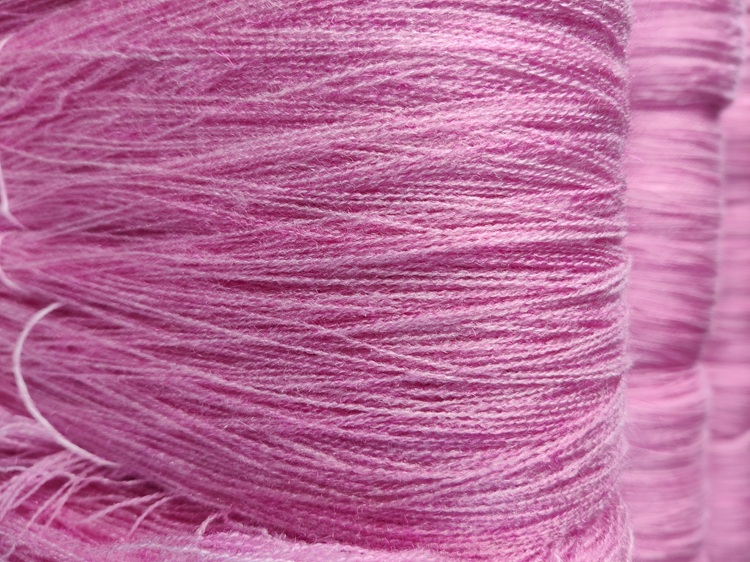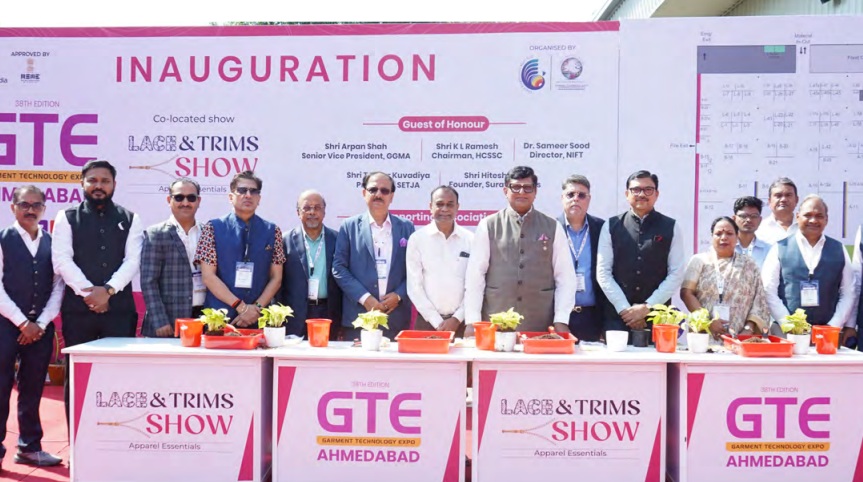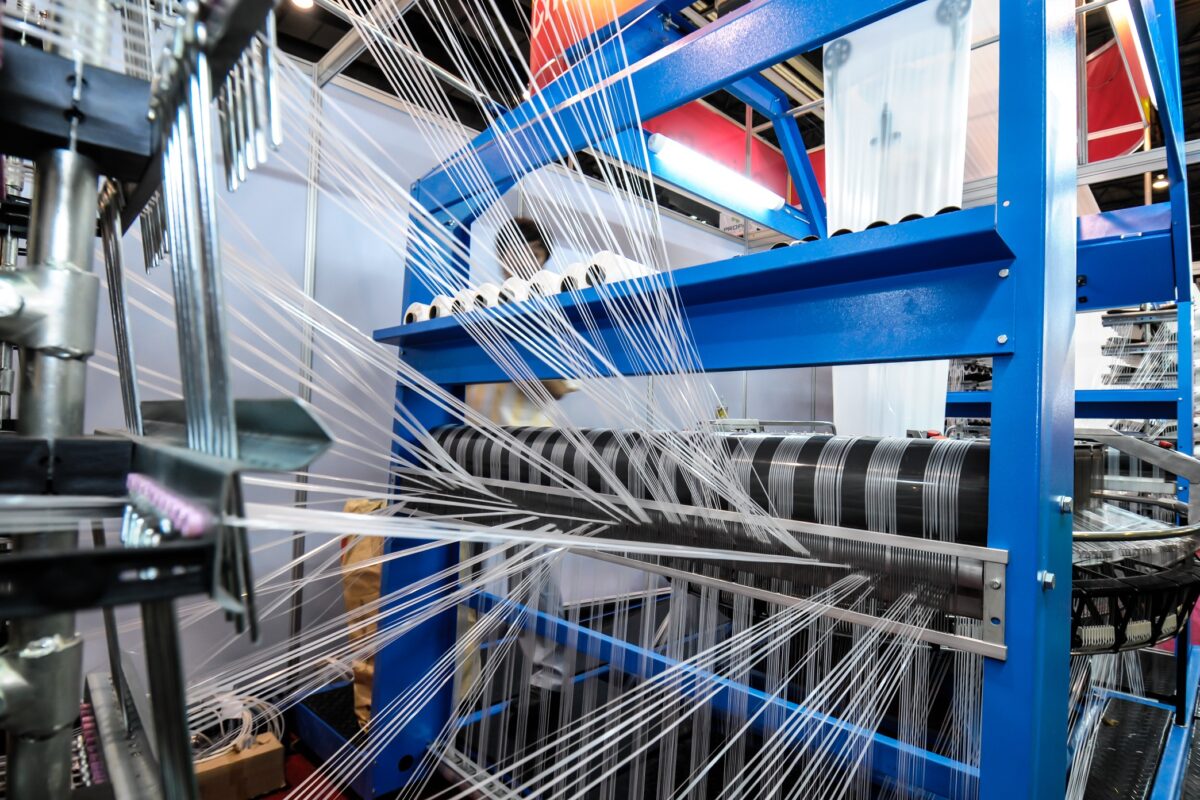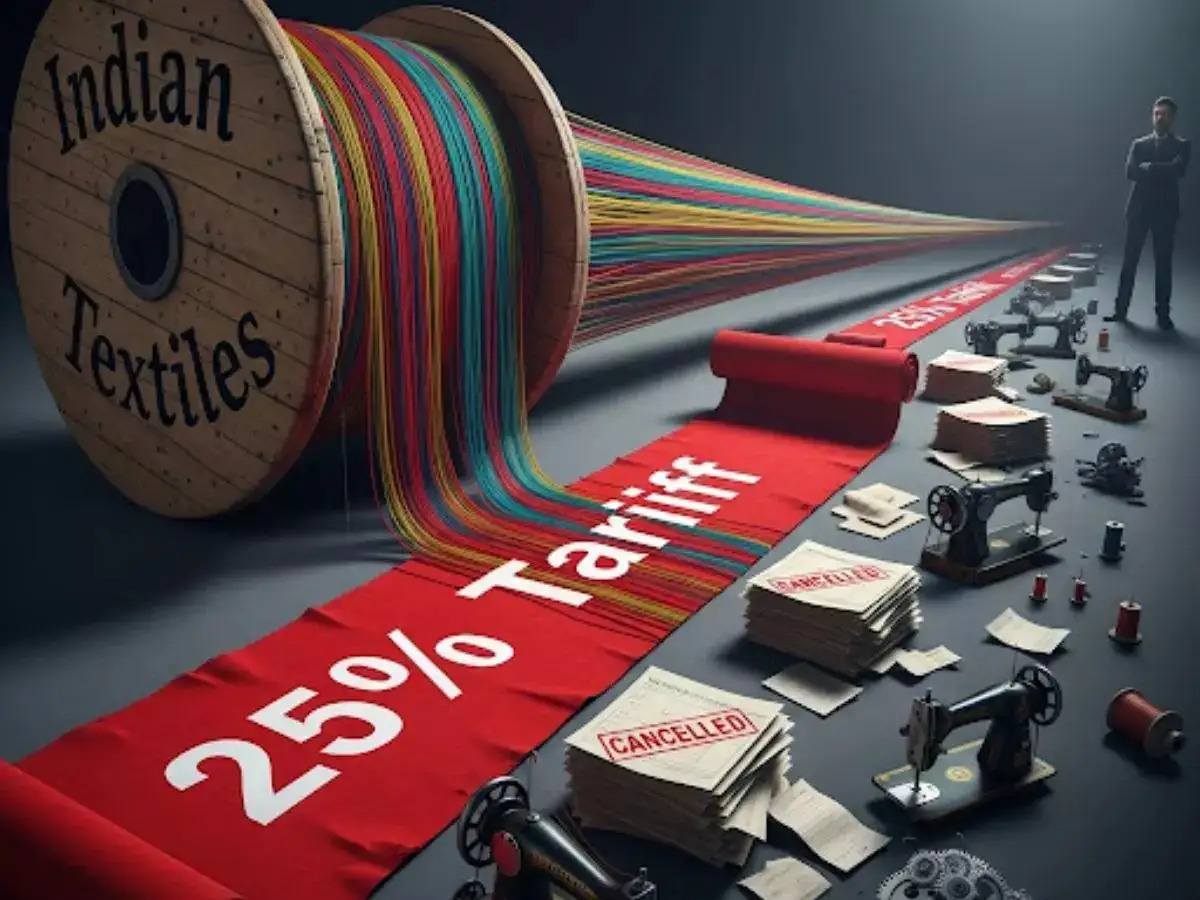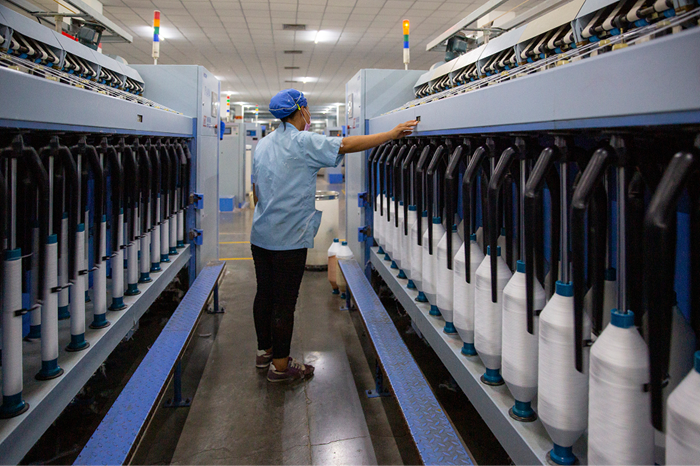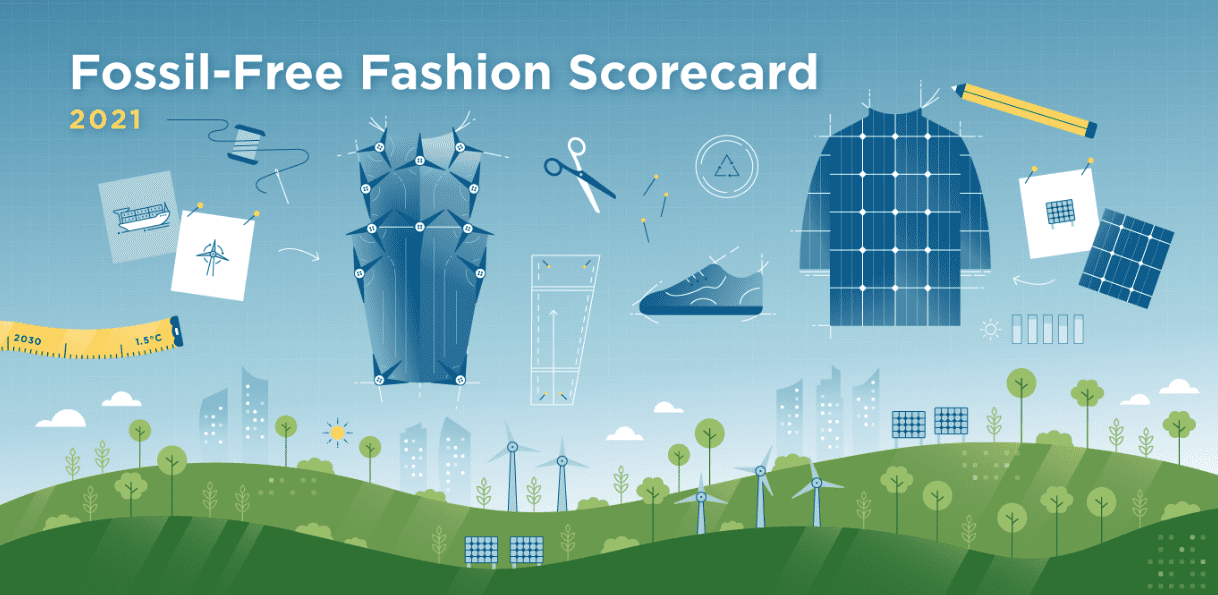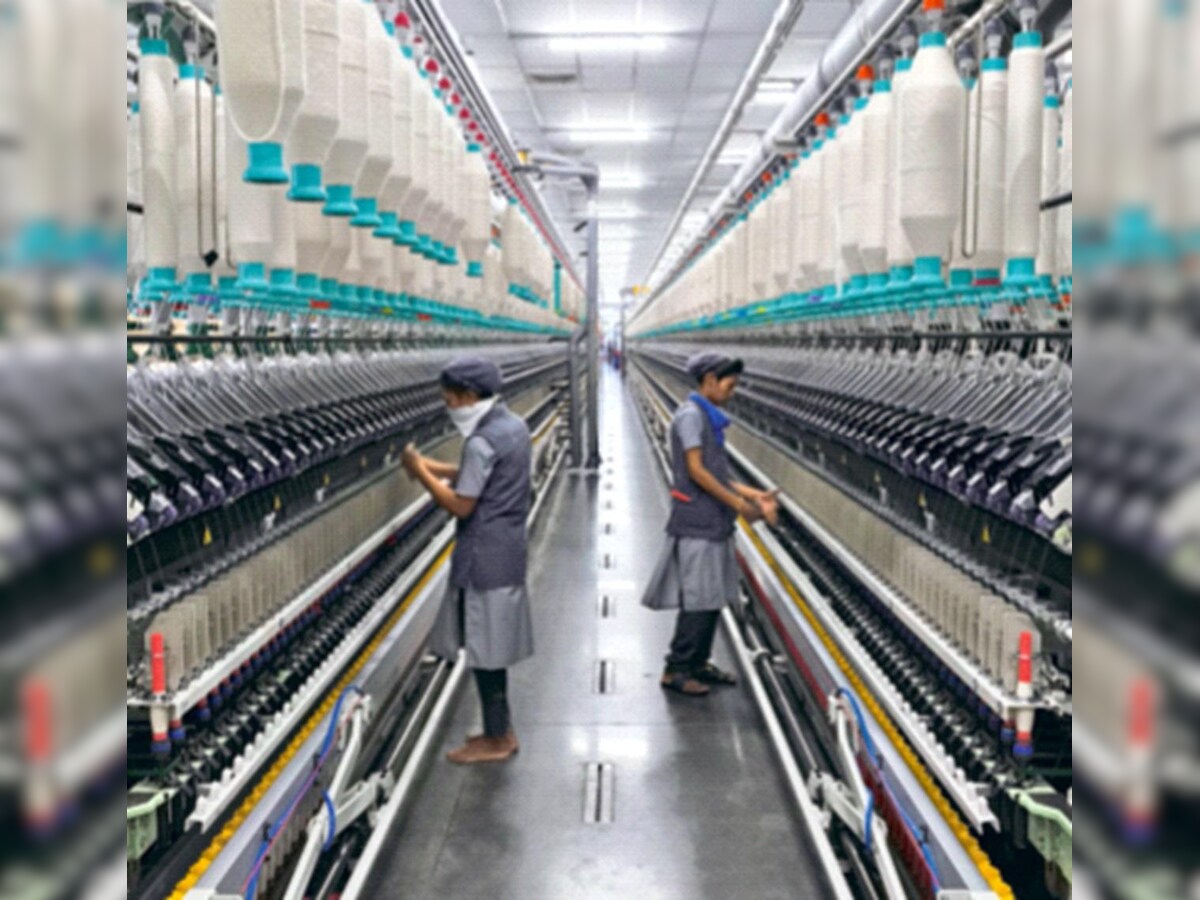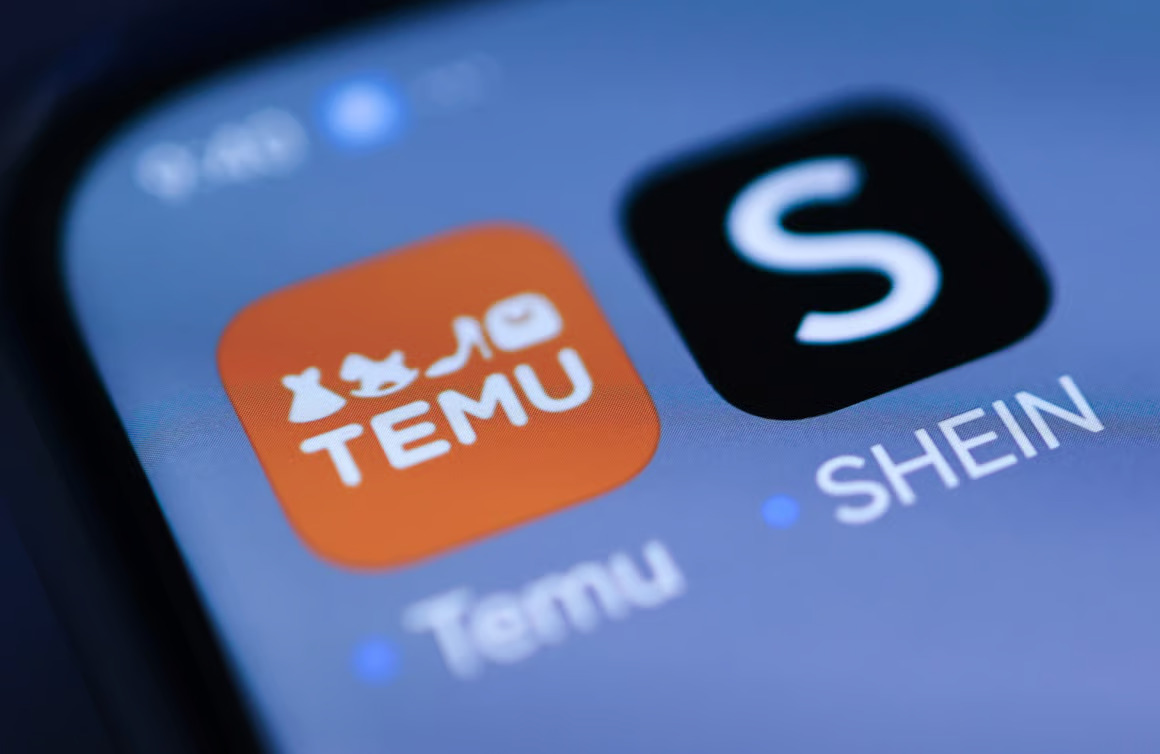FW
Kingpins the exclusive denim invite only exhibition is now switching to an annual show in Hong Kong and debuting a new concept, the ‘Kingpins China City Tour’. Kingpins Hong Kong traditionally takes place biannually in March and August, but will now run once a year in the spring, following Kingpins Amsterdam and New York.
In place of the second show, the multi-city concept ‘Kingpins China City Tour’ will run in September. With the China City Tour Kingpins can meet its Chinese customers face-to-face, understand what they need and how Kingpins can not only address those needs but help to elevate and evolve the denim industry in China. The ultimate goal is to launch a Kingpins China show.
The China City Tour will start on September 19 in Guangzhou, travel to Hangzhou on September 21 and finish in Zhengzhou on September 23. The three cities are home to approximately 800 brands and jeans manufacturers. Guangzhou is where China’s jeans industry thrives. Hangzhou is a city with a focus on manufacturing women’s sportswear, a hub of denim potential and interest. Finally, Zhengzhou is a city with many wholesalers and small brands, has a high demand for denim but limited denim sourcing options. Eventually Kingpins will make multiple tours per year to various manufacturing cities throughout China.
Switzerland’s textile machinery producers have been long-term partners of Iranian textile companies. With export to Iran in 2015 totaling 6.4 million Swiss francs, Switzerland remains a significant provider of technology to the country and is anticipating the Iranian industry to account for a larger share of its global export sales total of more than a billion Swiss francs in the coming years.
The textile industry of Iran is ready for a new beginning and determined to achieve future progress in technology and global market penetration following the recent ending of international sanctions which hampered its development. Transfer of funds between the two countries was one of the major hurdles during the sanctions period.
The Iranian textile industry welcomes Swiss cooperation. In the recent past, the industry had had to rely on technology from low-level suppliers in other countries. Companies in Iran are hungry for both know-how and the latest technology in areas like synthetic fiber production and melt spinning which is part of a critical and high value added market. And they feel Swiss companies are ideal for meeting these requirements.
Delegates from the two countries have had frequent exchanges of technical and business information.
India is working to develop Bt cotton genes that can be integrated into traditional varieties and be made available to farmers as a viable alternative to the current technology, which is largely sourced from Mahyco Monsanto Biotech.
Historically multinational companies’ research budgets have far outweighed that of Indian research agencies. This project will have to address that because translating genes into commercial products is a huge challenge. Cotton is the only genetically-modified seed that’s legally allowed in India. Genetically modified food crops such as brinjal and mustard, which are in advanced stages of regulatory clearances, are yet to become available to farmers due to stringent opposition by anti-GM activists.
There are already several genes available in various labs and stages of development, but the aim is that India should not be dependent on foreign technology. While Bt cotton has always been controversial, it is now in the throes of a new controversy with the way seed companies and seed-technology companies such as MMB share royalty, technology and determine the price at which farmers buy cotton seed. There are different opinions on whether seed tech companies have the right or are obliged to license their technology to seed companies on request.
R Ramakrishnan is now the India head of Dornier, Germany-based company which is a market leader in weaving systems for technical fabrics and film stretching lines. Ramakrishnan, an electrical engineer, has worked for the subsidiary since its foundation. Thanks to his extensive professional experience, from being a service technician to head of customer support, he has acquired expert knowledge in weaving machines. In the complex world of weaving and special machines with constantly rising customer requirements, he has his special focus on finding satisfying solutions for Dornier customers.
In order to retain its lead in the textile and plastics industries, about eight per cent of Dornier’s annual turnover is spent on research and development. This, in addition to creative engineering work, thorough knowledge of technological context and customer proximity, contributes largely to the outstanding leadership of the family-owned company.
In December 2000 Lindauer branch of Dornier in Mumbai was opened as a sales office. Five years later Dornier Machinery India was founded as an independent subsidiary. With nearly 5,000 new and second-hand weaving machines, both rapier and air-jet, Dornier has been very successful in India and has also emerged a market leader in the division of film stretching machines for polyester films.
Africa Fashion Week Nigeria 2016 (AFWN2016) will be holding a textile and garment manufacturing conference on July 1, 2016, at The Eko Hotel Lagos. This will be the first ever conference of its kind, gathering industry experts together under one roof, to deliberate on ways of maximizing the potentials within the fashion industry for greater economic benefits for Nigeria.
The conference will kick start Africa Fashion Week Nigeria 2016. The event is poised to highlight innovative systems that will create a powerful independent economic base for the country using creative energies of young and talented fashion entrepreneurs. The event will deal with topics like job creation in the garment industry, new channels of e-commerce in the fashion industry, is textile manufacturing a viable option? retailing and setting up a fashion business in Nigeria (the dynamics) and different financing options.
It will feature astute industry professionals and entrepreneurs from across the globe, covering such professional sectors as marketing, banking, e-commerce and manufacturing.
"Textile, apparel and footwear industry has played a dominant role in the manufacturing sector of Nigerian economy for long. From the 1960s to 70s, with a record high of over 140 companies, Nigeria witnessed a boom in textile manufacturing with companies like Kaduna Textiles, Kano Textiles, United Nigeria Textiles, Aba Textiles, Texlon Nigeria, First Spinners, amongst others, employing about a million people."

Textile, apparel and footwear industry has played a dominant role in the manufacturing sector of Nigerian economy for long. From the 1960s to 70s, with a record high of over 140 companies, Nigeria witnessed a boom in textile manufacturing with companies like Kaduna Textiles, Kano Textiles, United Nigeria Textiles, Aba Textiles, Texlon Nigeria, First Spinners, amongst others, employing about a million people, and contributing about 15 per cent of the manufacturing sector earnings to the GDP of the Nigerian economy and accounting for over 60 per cent of the textile industry capacity in West Africa.

Following the discovery of oil and the subsequent oil boom, the government became reliant on oil and abandoned agriculture. The neglect of the agricultural sector had an adverse effect on the textile industry. The production of cotton, the basic raw material used for the manufacture of clothes regressed rapidly as its production capacity declined by 50 per cent.
Moreover, the economic regression meant manufacturers could not afford to import sophisticated modern equipment which could have facilitated the production processes. Similarly, textile manufacturers and fabric designers who could afford to import raw materials procured these at astronomical costs which had effects on their businesses. This meant the textile industry had insufficient and, at times, no raw material to work with.
A waning textile industry impacts economy
The trade liberalisation polices adopted in 1986 following the implementation of the Structural Adjustment Programme (SAP), saw the flooding of imported fabrics and finished goods, thereby degenerating the manufacturing capacity of the industry. By the 1990s, the degradation of infrastructure, especially the lack of stable electricity supply, affected textile manufacturers as they could not keep up with the strains of production and this led to the closure of a number of textile companies, with hundreds of workers rendered helpless. By 1998, the industry was operating at a capacity of just 28 per cent.
Indeed, the abysmal performance of the textile industry and the entire manufacturing sector is a sad story. The sector, which played a major role in boosting of nation’s economy and development, is suddenly a shadow of itself as the country’s manufacturing capacity, especially the textile industry, is at an all-time low and its poor performance is having a bearing on the Nigerian economy. Despite the fact that oil, Nigeria’s major source of income, is in a declining state and its overall contribution to the economy has reduced drastically, the manufacturing sector unfortunately lacks the capacity to provide relief to Nigeria’s ailing economy as it only contributes a paltry seven percent to the Gross Domestic Product (GDP) of the economy with the textile, apparel and footwear industry contributing about N1.8 billion of that in 2015, according to the National Bureau of Statistics (NBS) report.
It has, however been proven that the textile industry is indeed a driver of growth and employment globally. For example, the exports of the textile industry in Hungary edged up to 3.2 per cent in 2014 to $1.62 billion from $1.57 billion in 2013. With a strong labour population of over 43,000 in the textile industry, the involvement of medium-size enterprises in the industry and a robust export of textile products to countries such as Germany, Italy, Austria, France and Romania, a tremendous improvement has been forecasted for Hungary’s economy in 2016.
Textile industry’s influence is bigger in China with more than 100,000 manufacturers employing over 10 million people. The industry is estimated to contribute about 47 per cent to the country’s GDP, with its value of garment export believed to be around $153.219 billion as at 2013. With its percentage of the global garment market at 38 per cent, China is the world’s largest manufacturer, exporter and consumer of garments. The Chinese textile industry remains competitive due to the continued investment in the domestic industry.
Infrastructure development
Nigeria must provide enabling environment for textile manufacturers and fashion designers to thrive. Provision of critical infrastructure such as electricity and a good transport system is needed by manufacturers and designers should be made available to help them become truly productive. Also, the recently formulated policy road map for the creation of fashion clusters, the Integrated Textiles and Garment Parks (ITGPS), should be formally adopted by the present government and ensure it implements the policy provisions to the letter.
The country should also provide funding and financial incentives for members of the textile industry as it is done in other countries. Financial institutions of government such as the Bank of Industry, and the Nigeria Export-Import Bank should endeavour to provide funds to both manufacturers and designers as this would help in the long-term to grow the economy.
The government should initiate a sustained dialogue by all stakeholders in the country to ensure that they undertake a comprehensive study and solutions on how to modernise, strengthen and get the industry to perform competitively locally and ultimately globally. Only by enacting all these would the Nigerian people and economy truly benefits from the thriving textile, apparel and footwear sub-sectors of the manufacturing industry.
Bangladesh’s accessories and packaging industry wants the source tax and the corporate tax to be reduced. The industry says such a tax will hamper regular export activities, lower competitiveness, and discourage investment which would also result in lower employment.
The national Budget for the upcoming fiscal has proposed a 1.5 per cent source tax for export-oriented sectors including the accessories and the packaging industry. But the industry wants the existing 0.60 per cent source tax for the sector to be retained.
Some 1,500 units in Bangladesh produce 30 to 35 types of accessories including poly bags, buttons, zippers, hangers and elastic. These units meet nearly 90 per cent of the demand of export-oriented sectors including readymade garment, leather and footwear, ceramic, frozen fish and pharmaceutical. They help readymade garment makers produce apparel products at a competitive price and meet their short lead times. Some 20 per cent of the accessories are exported worldwide. Accessory makers want cash incentives to explore new markets and boost direct exports.
The readymade garment industry in Bangladesh has got a cut in corporate tax. As a backward linkage industry of the garment sector, the accessories and packaging industry wants a similar cut.
Most companies using cotton are failing to deliver on sustainability when there is no excuse for companies not to offer more responsible products to customers. While around 10 to 13 per cent of the global cotton supply can be classed as more sustainable, less than a fifth of this amount is actually being used as more sustainable cotton in products with the rest being sold as conventional due to lack of demand from top brands and companies.
Lack of uptake of more sustainable cotton is a massive missed opportunity. Conventional cotton production often suffers from serious social and environmental impacts such as excessive water and hazardous pesticide use.
Growing sustainable cotton market is seen as the best chance of cleaning up cotton and protecting worker health. Just a few leading companies are doing the heavy lifting on sourcing sustainable cotton. For the cotton sector as a whole to become sustainable, all major companies will need to get on board. Sourcing more sustainable cotton has never been easier.
Organisations like Better Cotton, Cotton made in Africa, Organic, and Fairtrade are calling on all companies using large volumes of cotton to set, report and deliver on time-bound targets for cotton sustainability. They say companies serious about sustainability should be sourcing 100 per cent more sustainable cotton by 2020 at the latest.
Ethical fashion organisation ‘Project JUST’ launched its first guide of JUST Approved denim brands. An expert committee selected Kings of Indigo, Mud Jeans, Nudie Jeans and Patagonia from a list of over 111 user submissions. Project JUST also awarded Levi’s an honorable mention. The programme was launched by JUST Approved to help shoppers identify the best labels for style, quality, ethics and sustainability. Since Project JUST launched in December, the team has been adding new brands to a directory every week.
The selection process for the brands was based on three categories: the overall research criteria for all apparel categories, the denim context and innovation. The initial criteria span labor conditions and management. The denim specific factors included water consumption and pollution, sandblasting and use of organic or recycled cotton. Finally, issues like affordability, accessibility, style and fit were the final category.
One of the major issues the Project JUST team encountered was finding information about brands; many of them were simply not transparent enough. Other concerns were whether the brands fit in terms of style and aesthetics and whether their product was accessible at retail.
The US Department of Agriculture (USDA) is doling out $300 million in Federal aid to American cotton farmers, who are struggling to survive against deep foreign subsidies and the loss of their own government support. According to Agriculture Secretary Tom Vilsack, the Cotton Ginning Cost Share program will offer meaningful, timely and targeted assistance to cotton growers to help with their anticipated ginning costs and to facilitate marketing.
US cotton farmers have been under tremendous strain since lawmakers stripped them of most federal subsidies in the 2014 farm bill, a move designed to appease Brazil in trade talks. The new program doesn’t directly pay farmers based on crop production, which had put off Brazil. The fresh aid is categorised as ‘marketing assistance’ and provides 40 per cent of a farmer’s ginning costs in a one-time payment based on their 2015 acreage reported to the Farm Service Agency.
Said US Rep. Randy Neugebauer, a Republican from Lubbock that the economic challenges facing cotton producers in our area are significant, and when farmers are in trouble, the whole community is affected. Meanwhile, farmers can sign up at their local FSA offices between June 20 and Aug. 5, with payments expected to start going out in July. For farmers in Texas, the nation’s leading cotton-producing state, the payout comes to $36.97 per acre.


